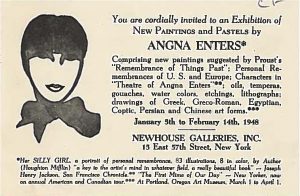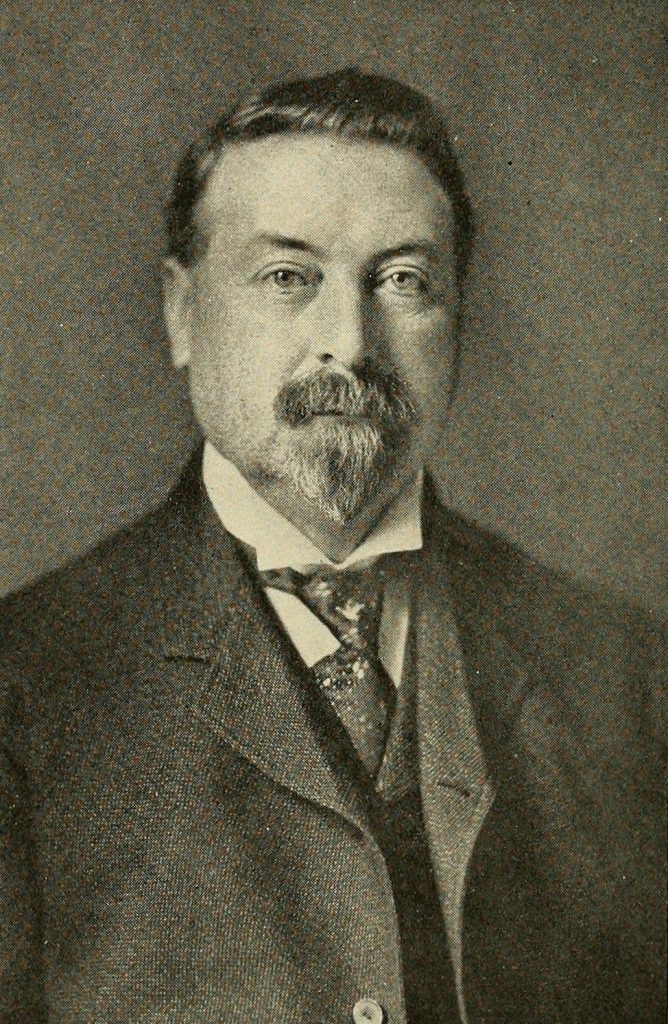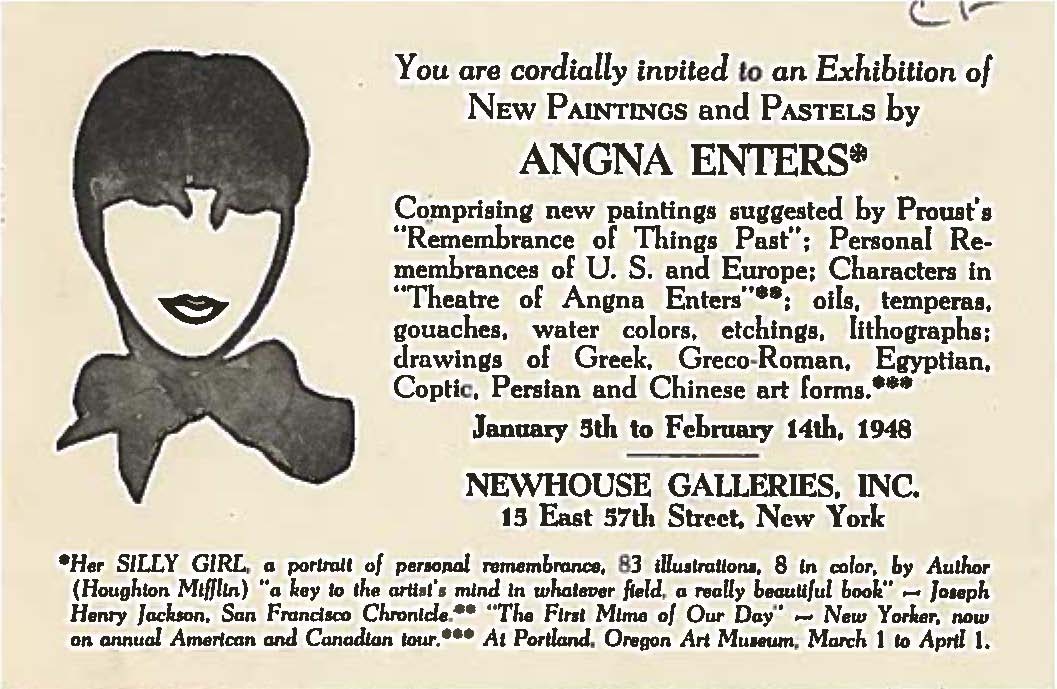This post was written by Michelle Farias, intern in the Dibner Library of the History of Science and Technology. For more in this series, see previous posts about Edward Jenner more »
Category: Special Collections
Hawaiian fishes is a diminutive book in our Joseph F. Cullman 3rd Library of Natural History, but its flashy red cover with gilt lettering certainly catches the eye. The interior, more »

In the series called “The ABCs of the Corcoran Artist Files” the American Art and Portrait Gallery (AA/PG) Library will explore artists through the materials from the recent Corcoran Vertical File Collection donation by featuring artists whose surnames begin with that letter. This time we are looking at the artists whose last names that start with E.
As the old Sam Cooke song goes: Don’t know much trigonometry Don’t know much about algebra, Don’t know what a slide rule is for But I do know that one more »
“George Sarton, a founder of the history of science as an academic discipline, argued that scholars should pay close attention to portraits. These images, he said, can give you ‘the whole man at once.’ With a ‘great portrait,’ Sarton believed, ‘you are given immediately some fundamental knowledge of him, which even the longest descriptions and discussions would fail to evoke.’ Sarton’s ideas led Bern Dibner to purchase portrait prints of men and women of science and technology. Many of these are now in the Smithsonian’s Dibner Library of the History of Science and Technology.”
– Deborah Jean Warner, Curator, Physical Sciences Collection
Cultivating America’s Gardens, our newest exhibition produced with Smithsonian Gardens is now open in the National Museum of American History and features many colorful seed catalogs from our collection. This post, highlighting seedsman John Lewis Childs, was written by social media intern Trudi J. Antoine.

While some children played games and chased the pavement, John Lewis Childs pursued a dream of playing in the dirt. Starting from the ground up, horticulturist and businessman, John Lewis Childs made his way as a young lad to East Hinsdale, a town bordering Queens, New York, with only a glimmer of where his path would take him. He was only seventeen.

Smithsonian Libraries and Smithsonian Gardens will present a new exhibition, “Cultivating America’s Gardens,” at the National Museum of American History May 4 through August 2018.
Amateurs and professionals, young and old, schoolchildren and scientists—Americans of every sort—have put their backs into gardening for a variety of motives: beauty, food, science and prestige. Americans garden to feed themselves and their families and to create a sense of place and beauty in their backyards and beyond. National parks, public parks and gardens and the individual plots of earth that people cultivate are all examples of their deep connections to the natural world. American garden making has evolved over time, shaped by history, social attitudes, the environment and new ideas.



